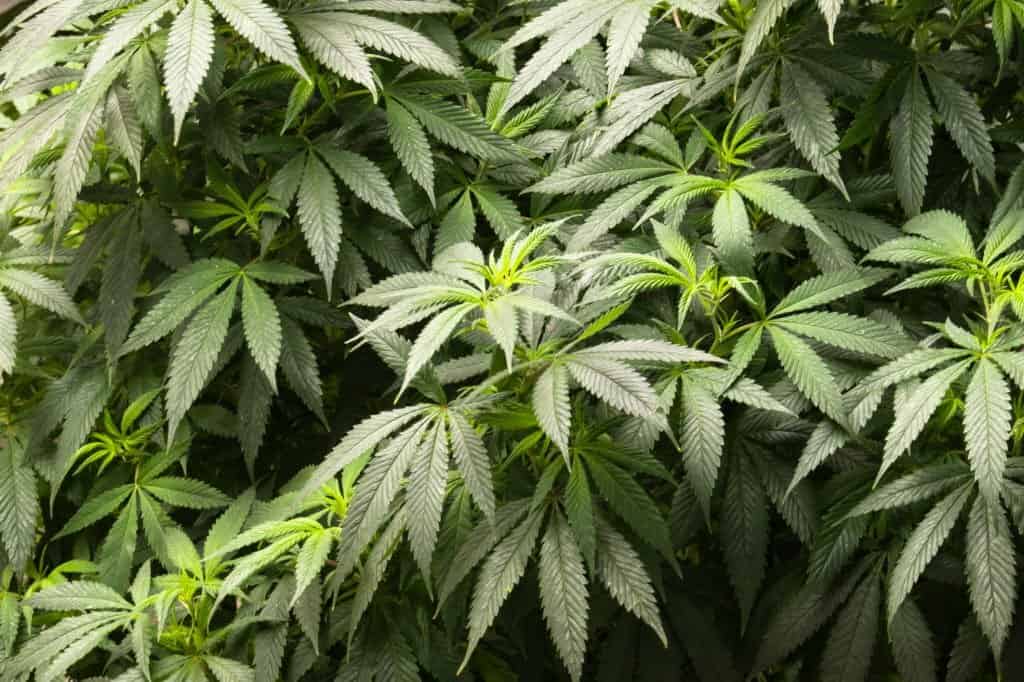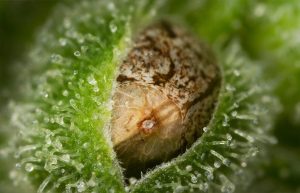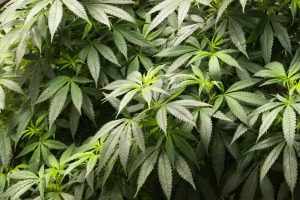Regenerative agriculture describes agriculture and pasture practices which, among other advantages, reverses climate change by reconstructing the organic matter of the soil and restoring the biodiversity of degraded soils – which leads to both a decrease in carbon and an upgrade some water.
More specifically, regenerative agriculture is a holistic land management practice that takes advantage of the power to photosynthesis Plants to close the carbon cycle and strengthen soil health, crop resilience and density of nutrients. Regenerative agriculture improves soil health, mainly thanks to the practices that increase organic matter of the soil.
This not only increases the diversity and health of the soil biote, but also to increase biodiversity above and below the surface of the soil, while increasing the water retention capacity and kidnapping Carbon to greater depths, thus reducing atmospheric CO2 levels harmful to climate and improving the structure of the soil to reverse the loss of soil caused by man, which threatens civilization.
Research continues to reveal the harmful effects on plowing soil, applications of agricultural chemicals and salt fertilizer, as well as carbon extraction. Regenerative agriculture reverses this paradigm to build the future.

THE IMPACT OF THE CANNABIS INDUSTRY ON THE ENVIRONMENT
Loss of fertile soils and The planet’s biodiversity, as well as the disappearance of native seeds and knowledge, constitute a deadly threat to our future survival. According to soil, to the current rhythm of soil destruction (decarbonization, erosion, desertification, chemical pollution), within 50 years, not only will we undergo serious damage to public health due to a qualitatively degraded food supply, characterized by a decrease in nutrition and a loss oftrace elements Important, but we will literally have enough arable land to feed us.
If we do not protect and do not regenerate the soil of our 4 billion hectares of cultivated agricultural land, our 8 billion hectares of pastures and our 10 billion hectares of forests, it will be impossible to feed the world , to maintain global warming below 2 degrees Celsius or to stop the loss of biodiversity.
WHAT ARE THE ADVANTAGES OF REGENERATING AGRICULTURE FOR CULTIVATORS AND CANNABIS CONSUMERS?
The cannabis industry is growing, and its pollution potential too. Like any other culture, the culture of cannabis on a large scale has an impact on the environment. Regenerative agriculture could be the natural response to the need for more sustainable cannabis products. Read the rest to find out how your cannabis culture can also be regenerative.
Convert a culture of cannabis ordinary in a regenerative culture requires a certain effort. Setting up a whole new regenerative exploitation requires even more efforts. However, regenerative agriculture brings certain advantages that could be correctly monetized. Here are the main advantages for consumers of cannabis derivatives from regenerative agriculture:
- Improvement of product flavor
- Higher amount of beneficial compounds
- No chemical residue
- New stumps and genetic lines adapted locally
Here are the potential advantages of regenerative agriculture for cultivators, citizens and any other person concerned:
- Helps restore ecosystems and natural floors
- Natural prevention or reduction of parasites
- Reduction of water consumption
- Reduces energy consumption
- Eliminates fertilizers and chemical pesticides

DOES THE REGENERATIVE CULTIVATION OF CANNABIS REMEDY CLIMATE CHANGE?
Even if the cannabis industry is only a small part of the large agricultural market, at the local level, each cultivator can make small changes to reduce its impact on the environment.
Small steps towards a more sustainable cannabis economy were made here and there in the world. In California, a new prize was created to reward cannabis cultivators applying regenerative agriculture techniques: the Regenerative cannabis farm award. More importantly, people are starting to ask where their cannabis comes from and how it is cultivated.
More and more organic cannabis producers are entering the scene, while millions of people are already cultivating their own cannabis in them in a lasting way. The cannabis and hemp industry should adopt regenerating culture practices when possible, in order to have a positive impact both on people and on the environment. By showing the example, the cannabis industry can give even more legitimacy to the plant.
HOW REGENERATIVE AGRICULTURE CAN HELP CANNABIS CULTIVATORS STRENGTHEN THEIR SUSTAINABILITY
Commercial agriculture and agricultural practices can be hard for the environment, stripping the soil of its natural nutrients, reducing water retention, destroying symbiotic ecosystems and eventually inhibiting plant growth after years of fast agriculture forced. Regenerative agriculture focuses on maintaining and improving soil quality, biodiversity and crop yield thanks to sustainable planting and harvesting methods.
After a harvest, commercial farmers are forced to reconstruct and repair the soil they have damaged with artificial fertilizers and chemicals. In regenerative agriculture, each element of the process helps prevent the loss of nutrients, to increase the natural soil capacity to support plant life by strengthening the soil network, which reduces the need to use artificial chemicals and to aggressive pesticides.
The foundation of regenerative agriculture is to “complete the loop”, that is to say to try to reuse or recycle resources to as many stages as possible of the life cycle of the cannabis plant.
The initial cost of launching such a system can be high, but its supporters claim that the benefits are worth the long -term trouble.
For interior and exterior cultivators, this includes:
- The use of living soil that does not require nutrients.
- Capture wastewater to reuse them.
- Reduce energy consumption using fresher outdoor air to lower the temperature of an inner culture or a greenhouse.
- Incorporate an integrated parasitic control system using certain insects, mites and organisms.
- Use environmentally friendly packaging.

Conclusion :
The reputation of cannabis is as green as possible. Not only is it a plant that produces oxygen and absorbs carbon dioxide, but its virtues of alternative medicine and its hippie ethics are often associated with the environmental movement.
However, cannabis plants consume about twice as much water as corn, soy, wheat and grapes, according to A study published in 2021 in the Journal of Cannabis Research. In addition, indoor culture requires significant lighting and climate control, which makes it particularly energy -consuming.
A large part of the environmental challenge of the industry comes from the plant itself: not only this plant, which likes the sun, needs more light than many cultures, but it is also extremely sensitive to humidity in The last weeks of flowering. This can promote the formation of molds and requires energy -consuming dehumidification systems.



